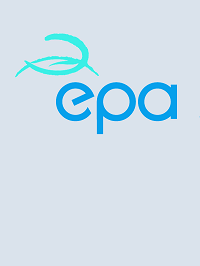Summary of Findings - Novel anaerobic sewage treatment and bioenergy production
High-rate Anaerobic Digestion as a Core Technology for Sustainable Treatment of Municipal and Low strength Industrial Wastewaters
Summary: Authors:Dermot Hughes, Anne Marie Enright, Thérèse Mahony, Vincent O’Flaherty

Background Activated sludge plants used for munical and idustrial wasetwater treatment, require large capital investment, heavy usage of fossil fuels, high-technology operational control and also generate large quantities of sludge requiring treatment before safe reuse/recycle. Low-temperature anaerobic digestion offers a potentially attractive, energy-producing alternative.
Key Points
- A novel laboratory-scale anaerobic bioreactor and bioprocess was designed and employed for low-temperature anaerobic digestion (LTAD; 4-15?C), using synthetic wastewaters, with average and stable total COD removal efficiencies of 70% achieved under a range of operating conditions.
- The process was also applied successfully to sewage and discharge standard, in terms of COD quality (125 mg l-1), was routinely achieved using the systems for treatment of sewage souced from the from the Mutton Island treatment plant in Galway city.
- Significantly, high levels of phosphate attenuation were achieved (up to 80% P removal) by the novel bioreactors, this is a novel finding with respect to anaerobic digestion.
- The newly developed technology has strong commercial potential. An application for European patent protection for the system was filed by NUI, Galway in November 2010.
Also available for download:
STRIVE Report 64: Novel anaerobic sewage treatment and bioenergy production